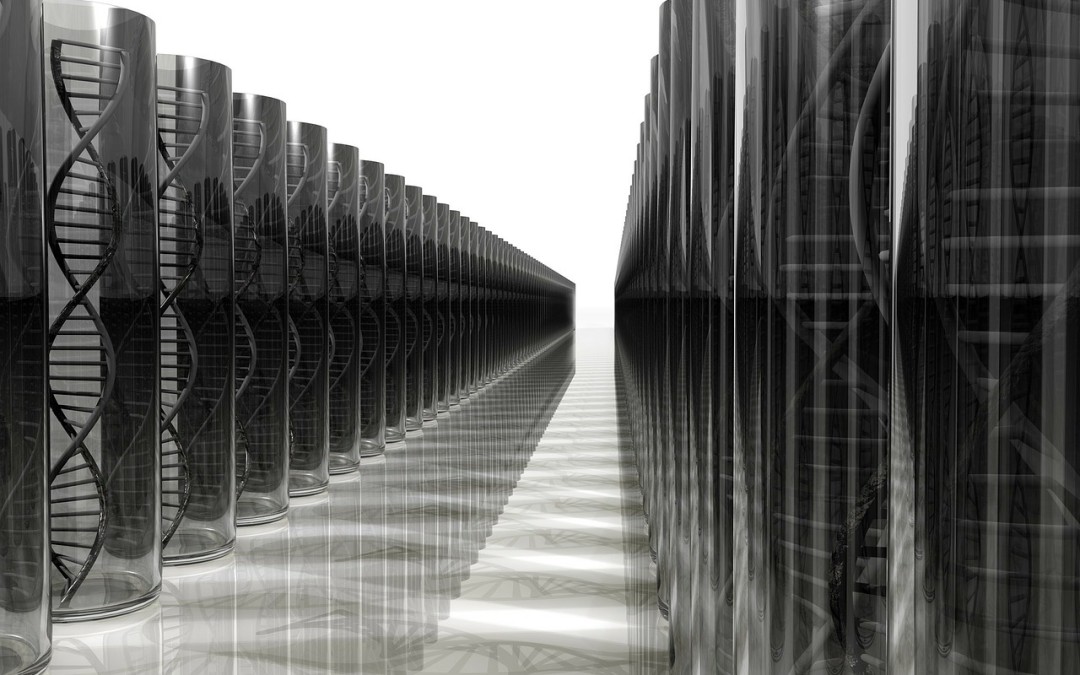Nearly every aspect of our modern lives have become intertwined with computer data, so it makes sense that scientists would take this coupling one step further eventually. We are about to witness a data storage breakthrough in which digital information could be embedded into the primary fabric of our being: the double helix of DNA.
While this might sound like something straight out of a sci-fi movie, recent experiments led by Microsoft and the University of Washington, and separately by the University of Illinois have both demonstrated how DNA molecules may be an ideal basis for storing digital records. The most impressive part? Researchers say that all the world’s data could be stored in nine liters of solution. For reference, that’s a single case of wine.
While at first this may seem hard to imagine, storing data on DNA actually makes a lot of sense. After all, DNA is already an amazing data storage tool- storing all the info needed to create a healthy human being. It’s also remarkably sturdy for storing this info. Now that we can assemble synthetic DNA strands, it follows that we should be able to control what information gets stored on those strands.
DNA data storage is still in the research and development stage, but its eventual success will solve a few critical storage problems. First off, scientists believe this method could keep data safely stored for over a million years! Compared to the decades lifespan of current microelectronic data storage on disks, tape and optical solutions, this longevity would be a huge upgrade.
DNA is also a very space efficient storage method. Picture a grain of sand. A DNA molecule even smaller than that could potentially store up to an exabyte of info—or the equivalent of 200 million DVDs.
As the costs of producing synthetic DNA continue to fall, a hybrid storage solution may also be in the near future. This coupling of biotechnology and information technology would be a huge milestone in a partnership that dates back to the early 60s. After all, the first personal computer, the LINC, was developed for biomedical research purposes.
Researchers have already proven the ability to store specific data in DNA strands, and then later recall that data in digital form. To picture how this could work, imagine a file of a photo. That photo gets broken into hundreds of components that are then stored on separate DNA molecules. Researchers can encode a specific identifier that allows that picture to be put back together seamlessly when you need it again, like instantly assembling a jigsaw puzzle.
So far, the high cost of storing data in DNA is a prohibitive factor to putting this method to commercial use. But as new partnerships in biotech and computer science continue to explore this field, we’re bound to see a breakthrough within our lifetime. It’s well worth keeping an eye on, as the potential for revolutionizing how we store and retrieve information is enormous for our data driven world.
